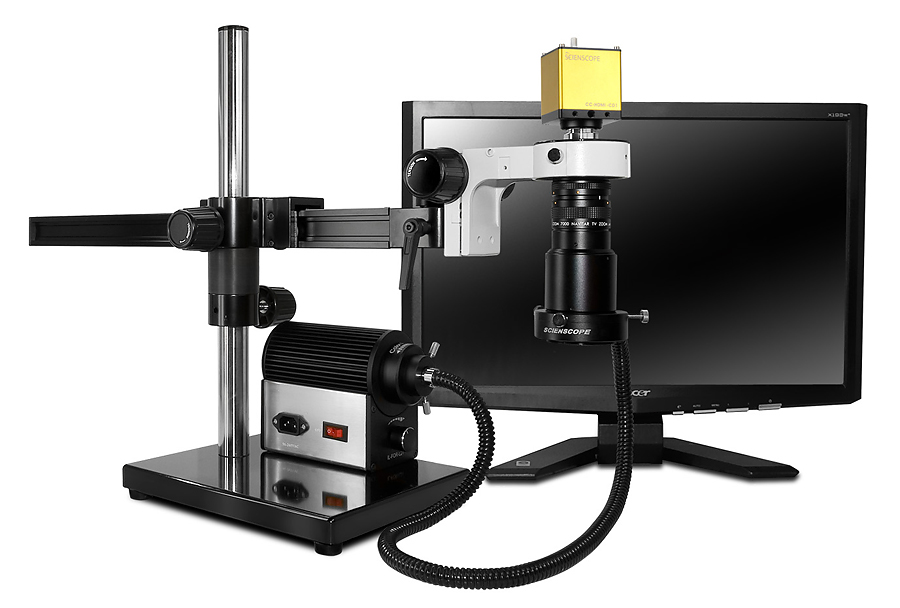Tools Designed to Facilitate the Inspection, Observation, and Recording of the Microscopic World
Observation is an important part of science. The ability to observe animate and inanimate objects and to see the way they interact with each other and with their environment has served as the basis for many of the scientific breakthroughs that have been enjoyed in the twentieth century.
One of the primary tools that have allowed scientists to do this type of observation is the microscope. Microscopes literally opened up a new world that was previously unknown to science. Before the microscope, scientists could only observe and make deductions based on the things that they could see with the naked eye. However, after the invention of the microscope scientists were able to see the world on a microscopic level. They were able to understand that there is literally more to the planet than what meets the eye.
Things that are taken for granted today, like an understanding of the way that bacteria grows, germs spread, and viruses are transmitted, were basically unknown to the scientific community prior to the invention of these observation devices.
Throughout the twentieth and on into the twenty-first century, many companies have pioneered the creation of devices that allow optical and video inspections of the world. Electric microscopes allow scientists to have an even more in-depth view of the microscopic world. The more that scientists see the world, the more they appreciate how important having an optical inspection system is.
In addition to being able to see the microscopic world, scientists have needed devices that allow them to record what they see. It would be of very little benefit for a scientist to see some revolutionary process take place on a microscopic level and have no way to capture what they see, review what they see, and to share their observations with colleagues.
Many companies have worked tirelessly in the design of devices that allow video recordings of the microscopic world. Companies like Scienscope for example have been working to create technology that allows scientists to capture the microscopic world in HD technology. They have integrated image capture flash to memory drives or USB 2.0 interfaces. They have included technology allowing for micro-focused x-ray and video coordinate measurements.
It is exciting to think about what technology will allow scientist to create and learn about the world in the future. As long as mankind maintains the curiosity they have at present, the options for exploration are literally limitless.


